Astoria Flora Chromatica
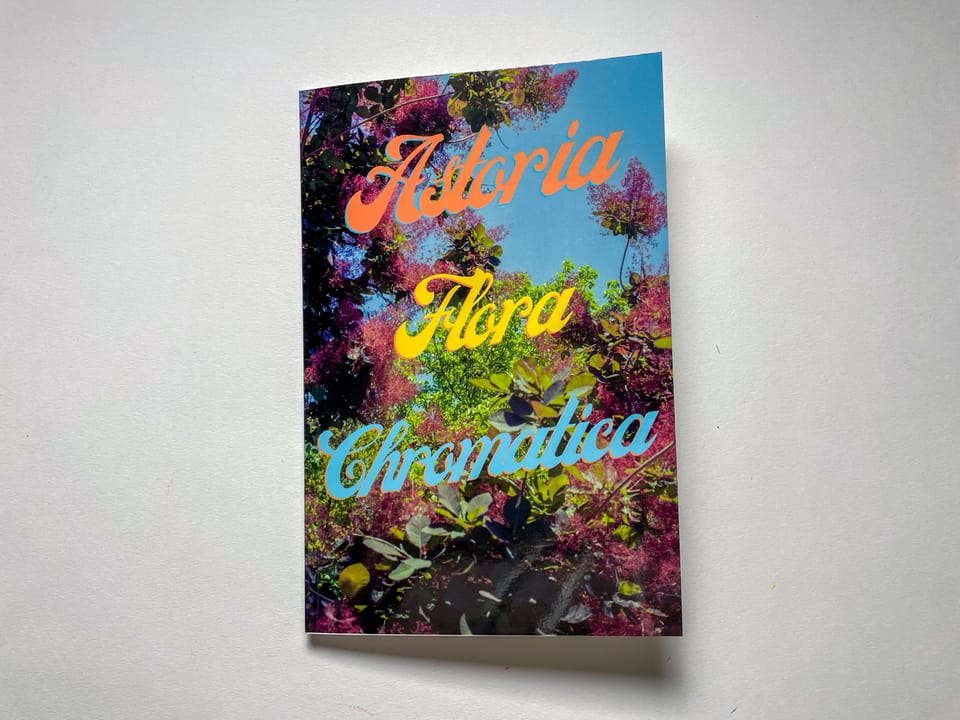
Back in 2015, I bought a bag of expired 120 color film from a photographer who had collected a stash from doing fashion work over the years. There were around 50 rolls and he gave me a deal on it because he wanted to unload it from taking up space in his fridge.
My desire for using expired film was mostly centered around the idea of not knowing exactly how the colors would come out for each frame. There are inevitably always some surprises when using film, and with expired film it's often a total crap shoot, at least from what I had learned from other photographers.
When you use film, it's almost impossible to not make cost calculations when you're out in the field, unless you are fortunate enough to where the cost doesn't matter, or someone else is paying for it, which would be nice. However, that was not my situation so I was also looking to reduce my costs and buying expired film seemed like a good solution.
In addition, in my mind, the lower cost per photograph could potentially increase my willingness to experiment which is important, and one of the great benefits of digital cameras.
There was only one problem. Once I was in possession of the expired film, I realized I didn’t want to use it for making the type of urban landscape photographs as I had been creating because I was afraid that the film would be so terrible that it would ruin the photograph. In those days I still had anxiety of only getting one opportunity, which in a sense is totally valid, but experience has taught me there photographs are everywhere and you can always find new opportunities.
For awhile, it was a creative stalemate and it seemed the expired film was destined to live in my fridge until I figured out how I wanted to use it.
I was living in Astoria, Queens at the time and spent a lot of time walking around the borough making photographs. The colors of Queens had started to grow on me and I was particularly interested in how residents incorporated plants and flowers into their often very small, busy yards.
I realized this was my opportunity. When I started making the photographs I quickly realized that I needed to make tighter compositions to focus in on the colorful plants. This went on for several weeks and it was fun losing some inhibitions and wondering what I would see when I developed the film.
Turns out is was mostly garbage which again is not unusual whether digital or film. But garbage with expired film is a different level of putrid, especially if you are chronically underexposing the film. You need to overexpose to compensate for the degradation, and I knew that going in but it still wasn't enough in most instances.
Buy the expired film, suffer the consequences.
However, given it was about 500 photographs in total, I lucked out on a handful of photographs that I thought were interesting and gave me the color palette I was imagining.
I went through my normal editing process and for years the photos sat in a Lightroom folder marinating. As I do with all my projects, I’ll review the archives periodically to see how the photographs are evolving with time. At one point, I thought I might just integrate these into a broader Queens edit but they never seemed to fit.
Last year, after I published Neighborhood Album, something clicked with me. I realized at this stage in my life after making photographs for almost 20 years, it was time manifest this archive in physical form. The clock is ticking, and the fear of not finishing anything is very real.
Over the years, I’ve made several artist books using Blurb and had always found the results totally satisfying. I have not hangups with the printing but it wouldn't really make economic sense if you're printing at scale. I even experimented with their trade books for a few projects, and was surprised at how good the photos looked in that format.
Over the years, I've been building up my editing and design skills, and absolutely love the process. I can get lost in flow state for hours and it's humbling because it often feels like you haven't accomplished much. I appreciate how it also raises the stakes and opens up so many possibilities through pairing and sequencing.
Essentially, the process feels like building collages and sculptures, elaborate constructions made of ideas and memories. It's transformative and that's what needs to happen for the art to evolve.
And what I appreciate about artist books is that you can simply make them for yourself with no commercial pressure.
I love having printed material laying around my studio to pick and review, scavenging for ideas. I truly believe you need to be working on multiple ideas and projects at a time to allow different ideas to mix together. This is how you discover something novel within then work. For me, creating a zine or an artist book forces me to problem solve in new ways and confront what I've done with the photographs.
Over the holidays, I designed the zine, then sat on it for a few weeks, adjusting the pairings, sometimes making one swap a day and then letting it sit again. I'm happy with how it all came together, especially as diptychs. It’s curious how that seems to work with editing. You don’t see the value in a photograph until it’s sitting next to the appropriate neighbor. This edit is rather elementary but it has helped with other projects that have more complex sequences and pairings, so my hunch was right and now this has spawned several more embryonic zines and books.
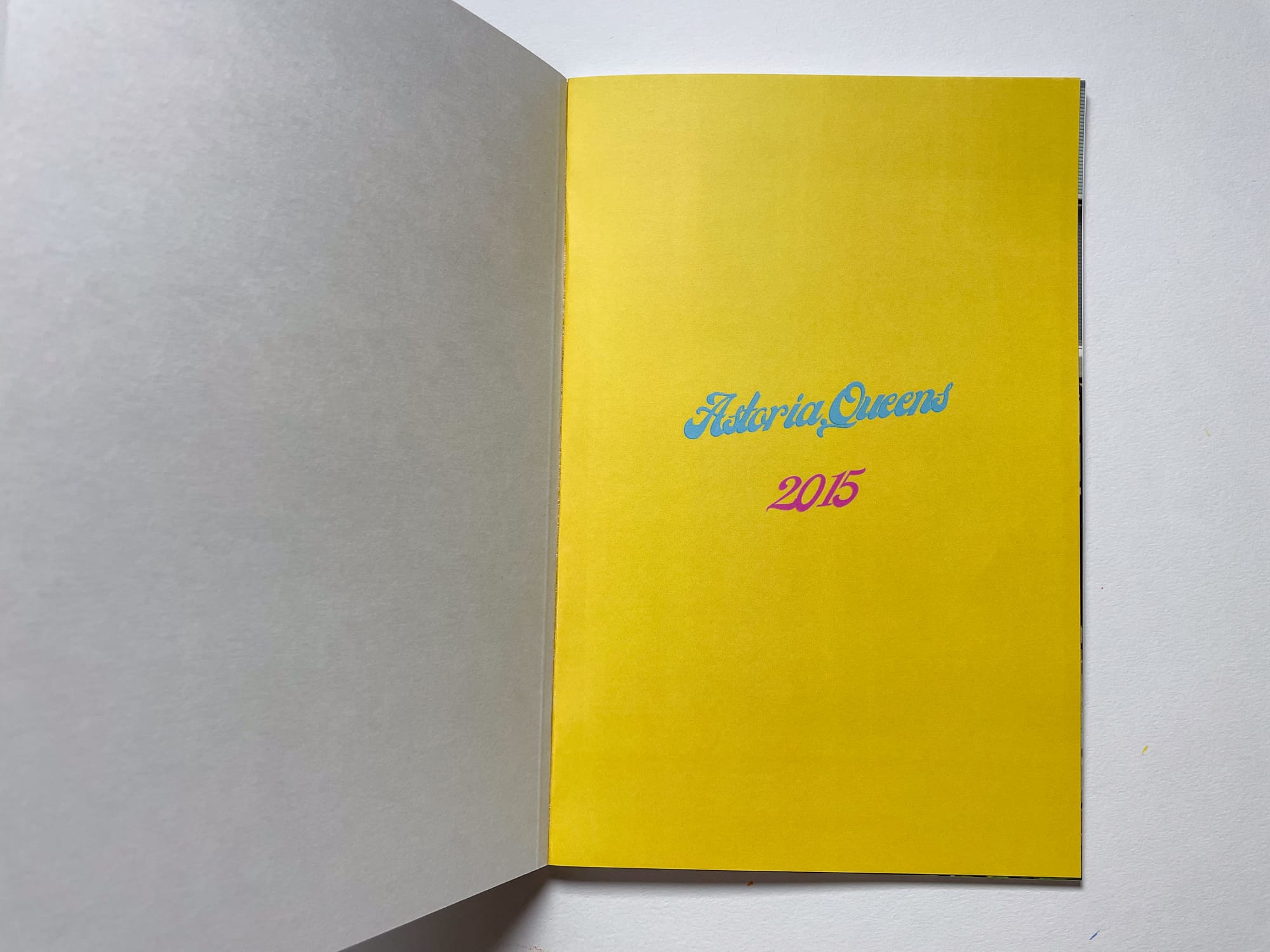
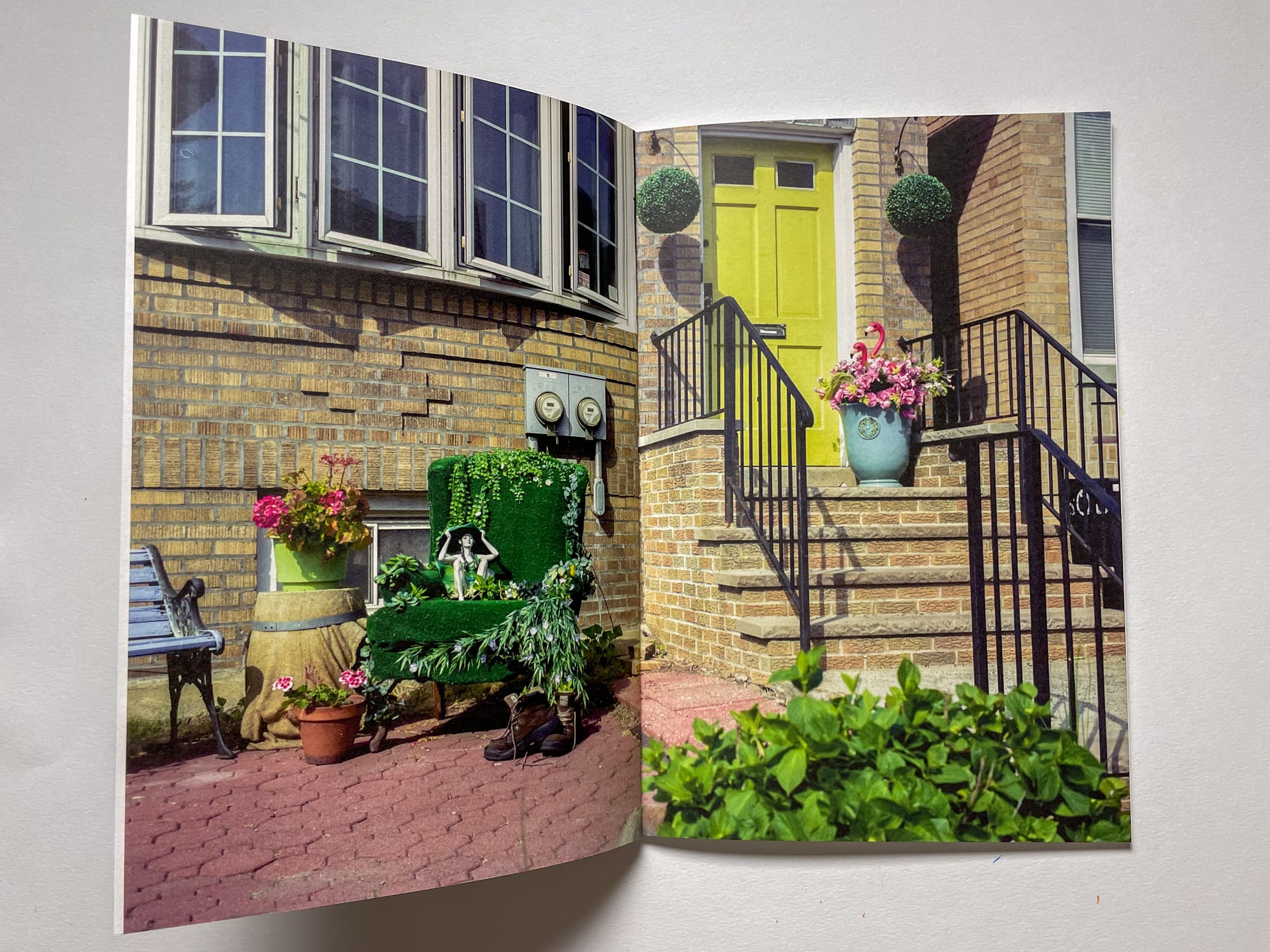

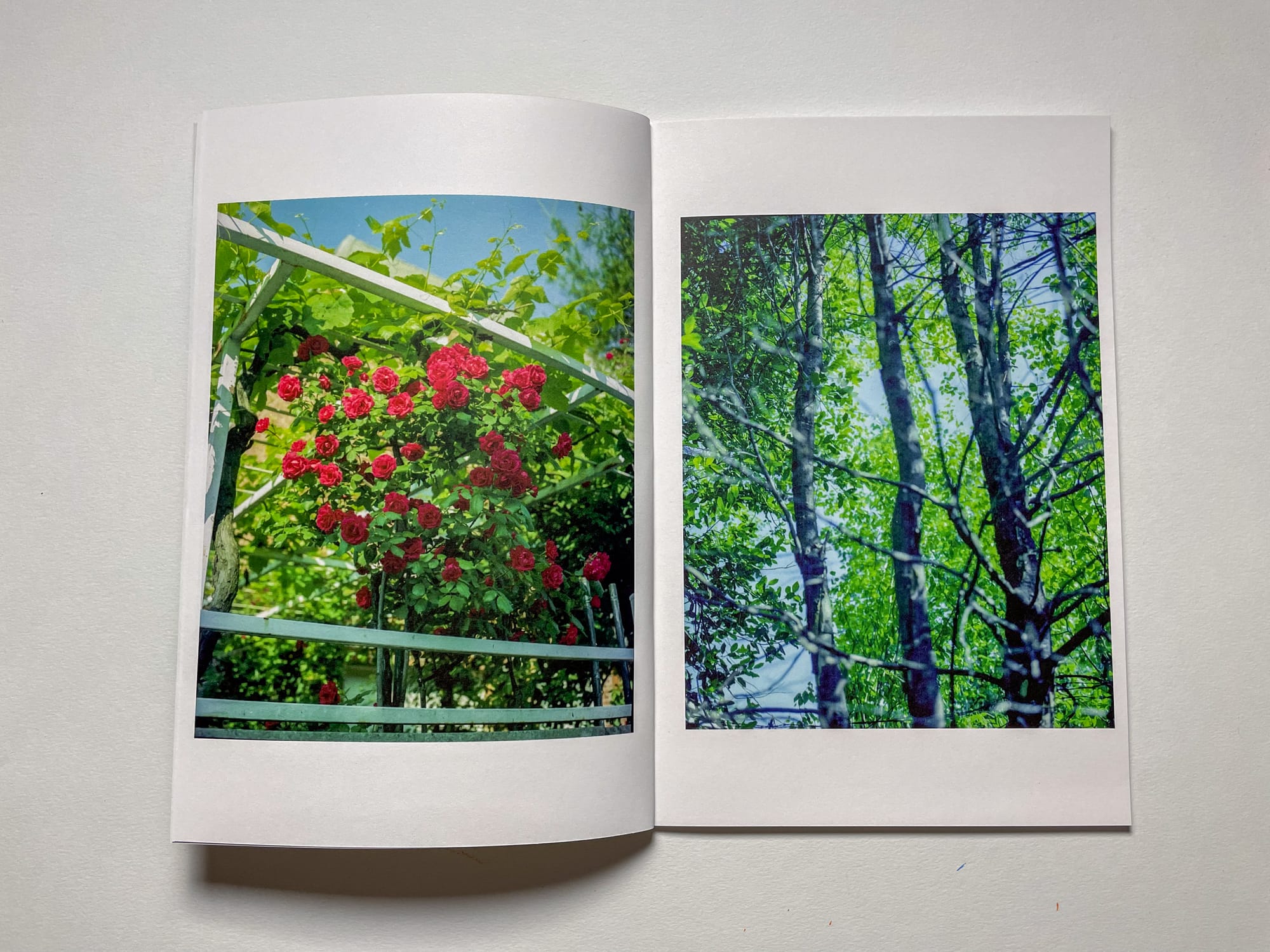
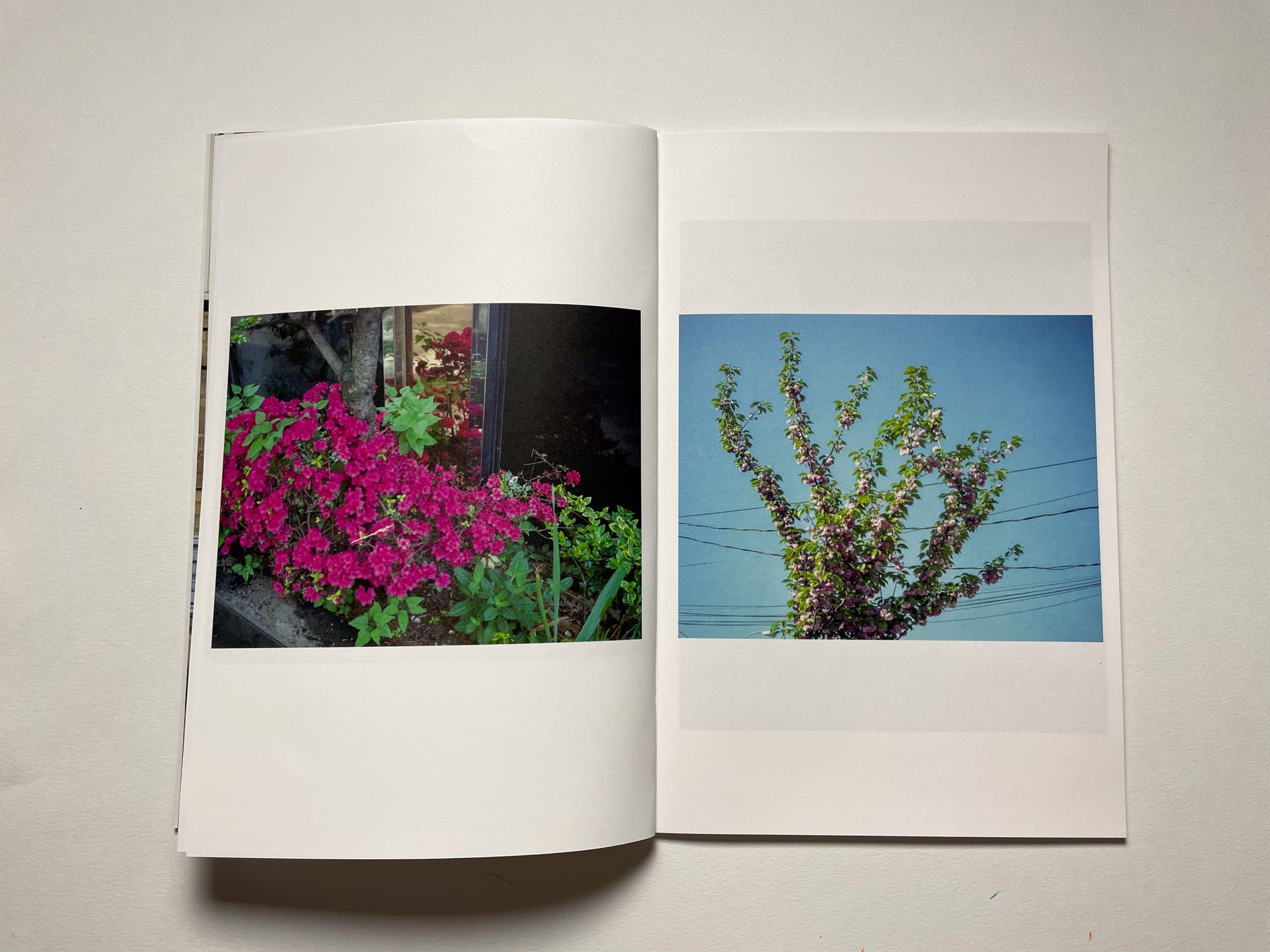

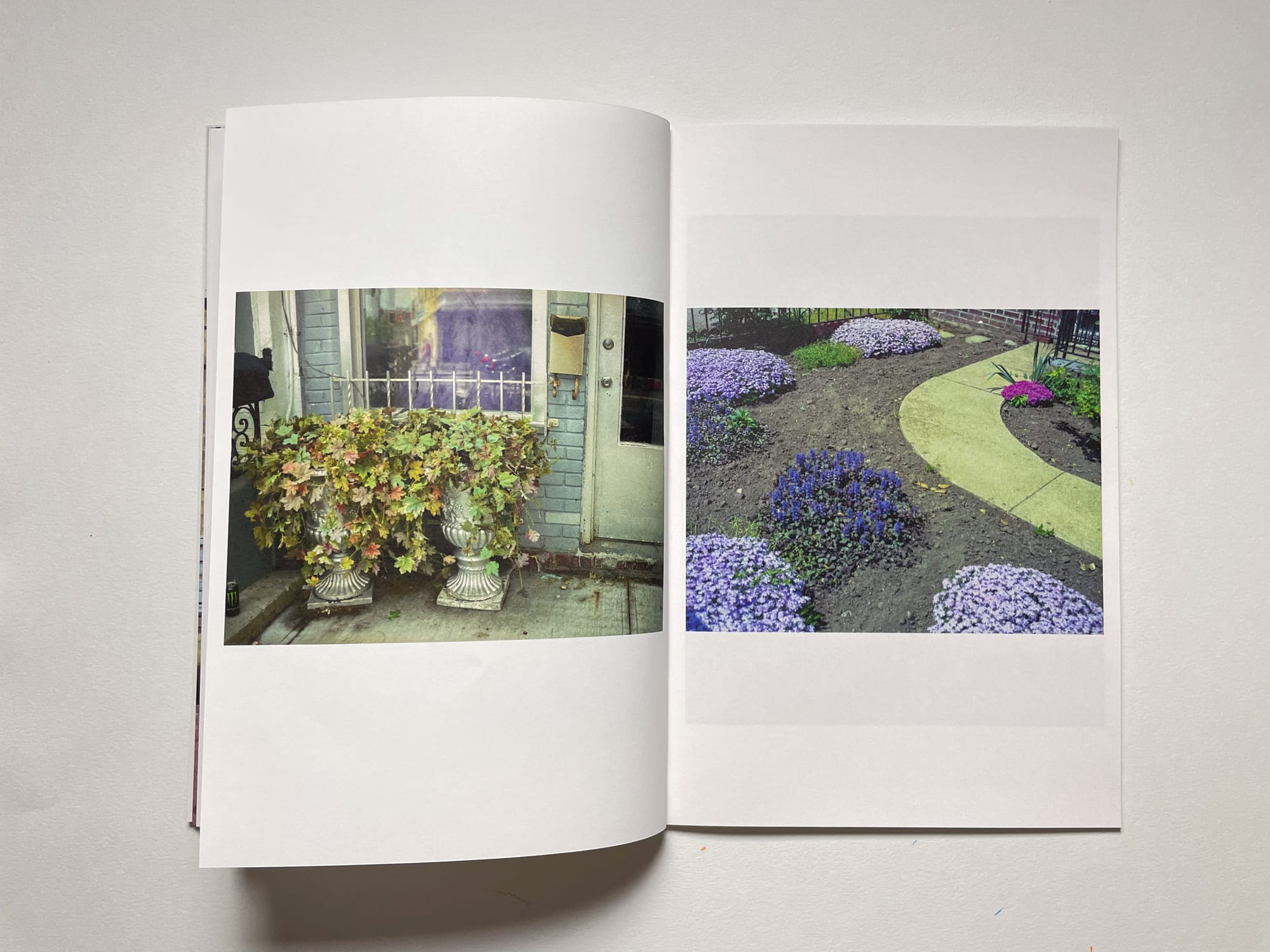
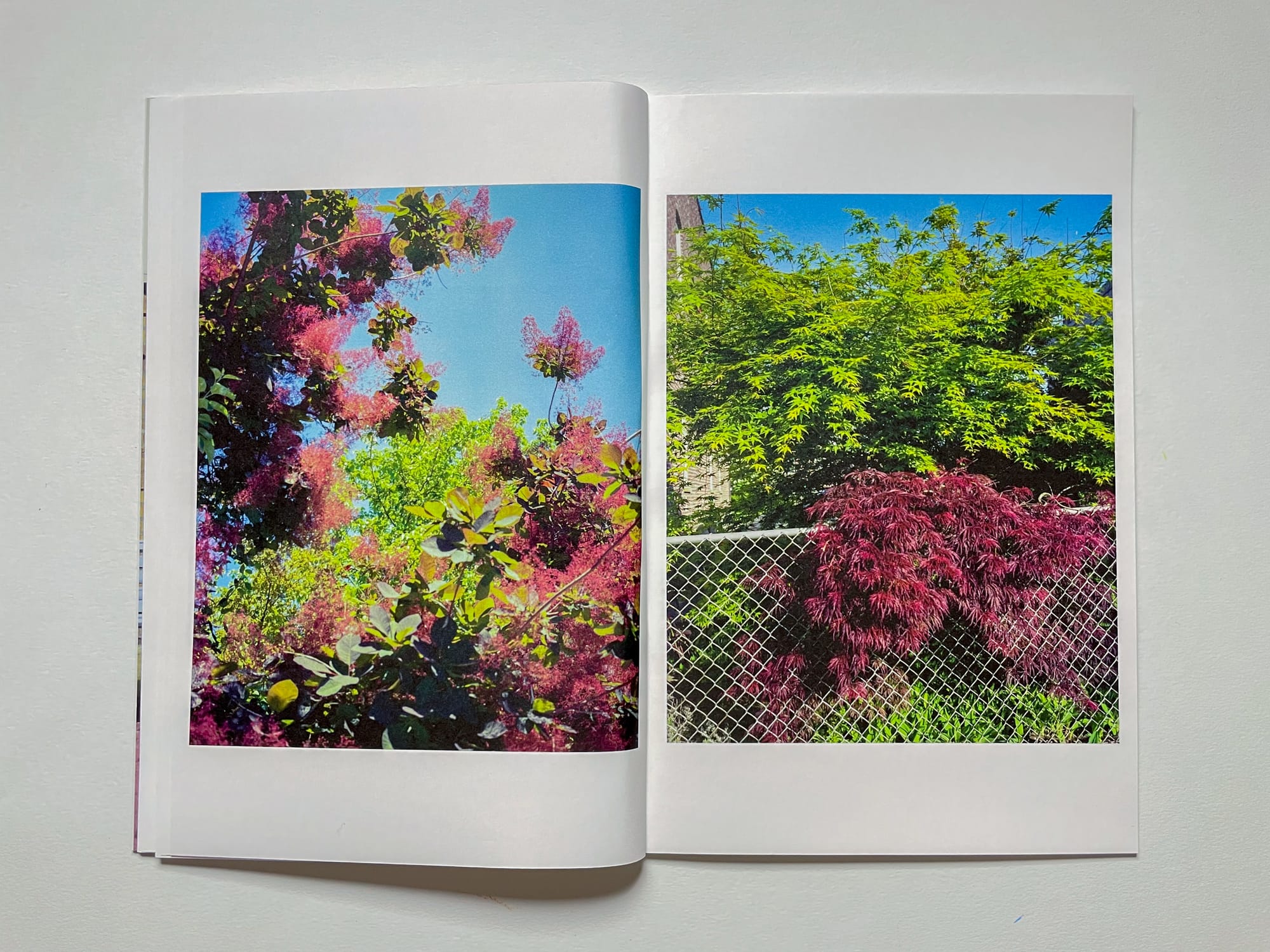
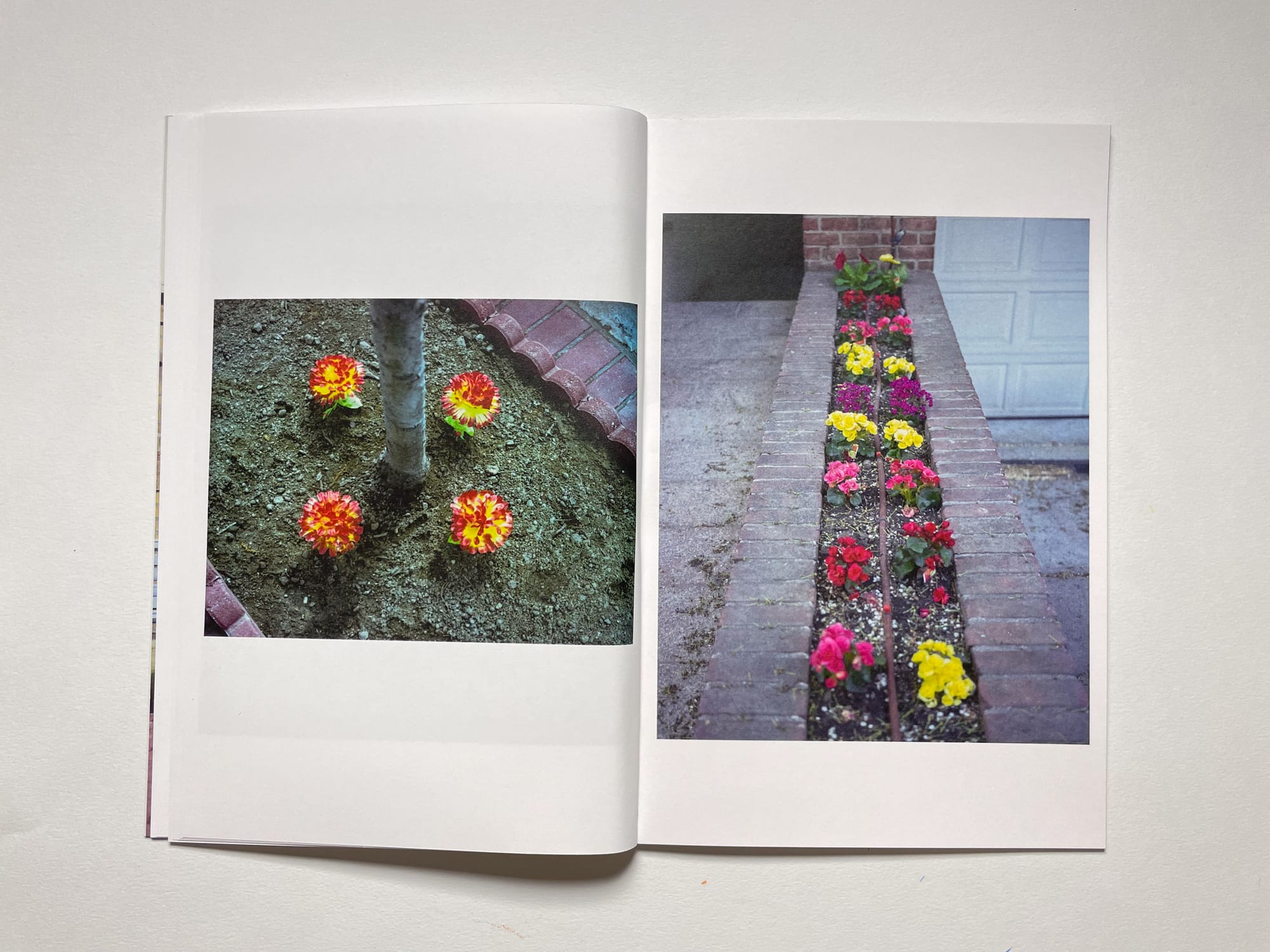
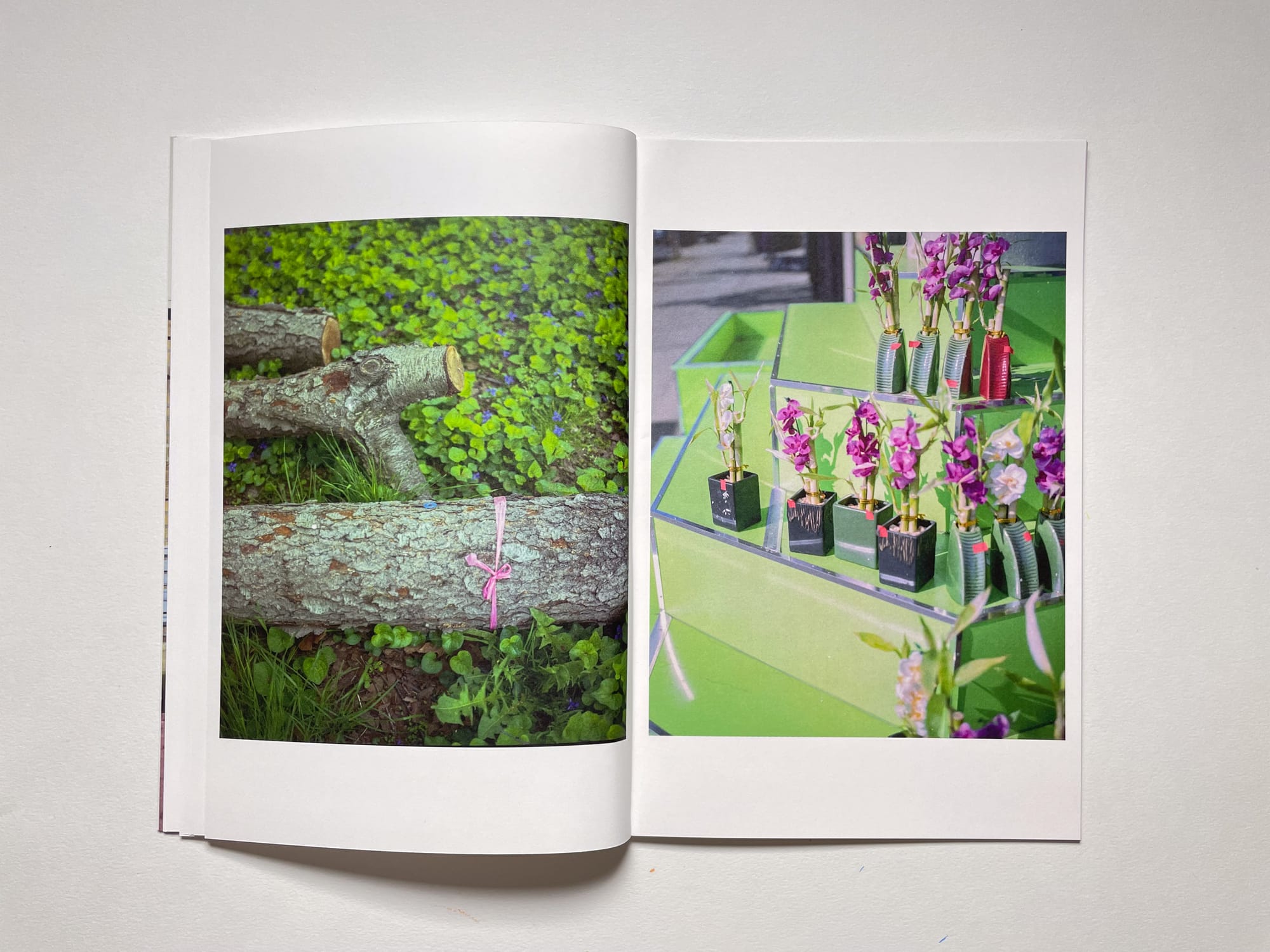
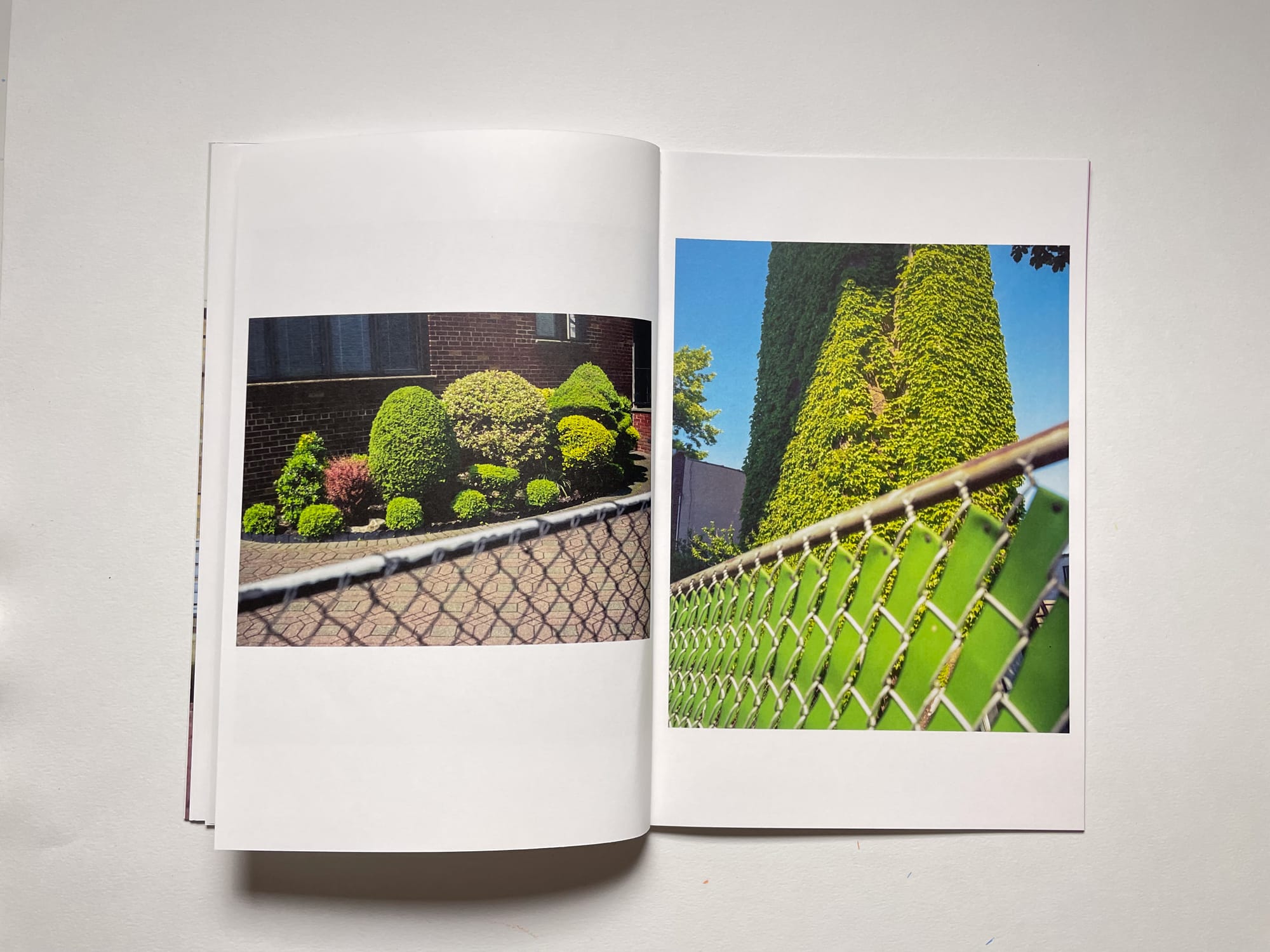

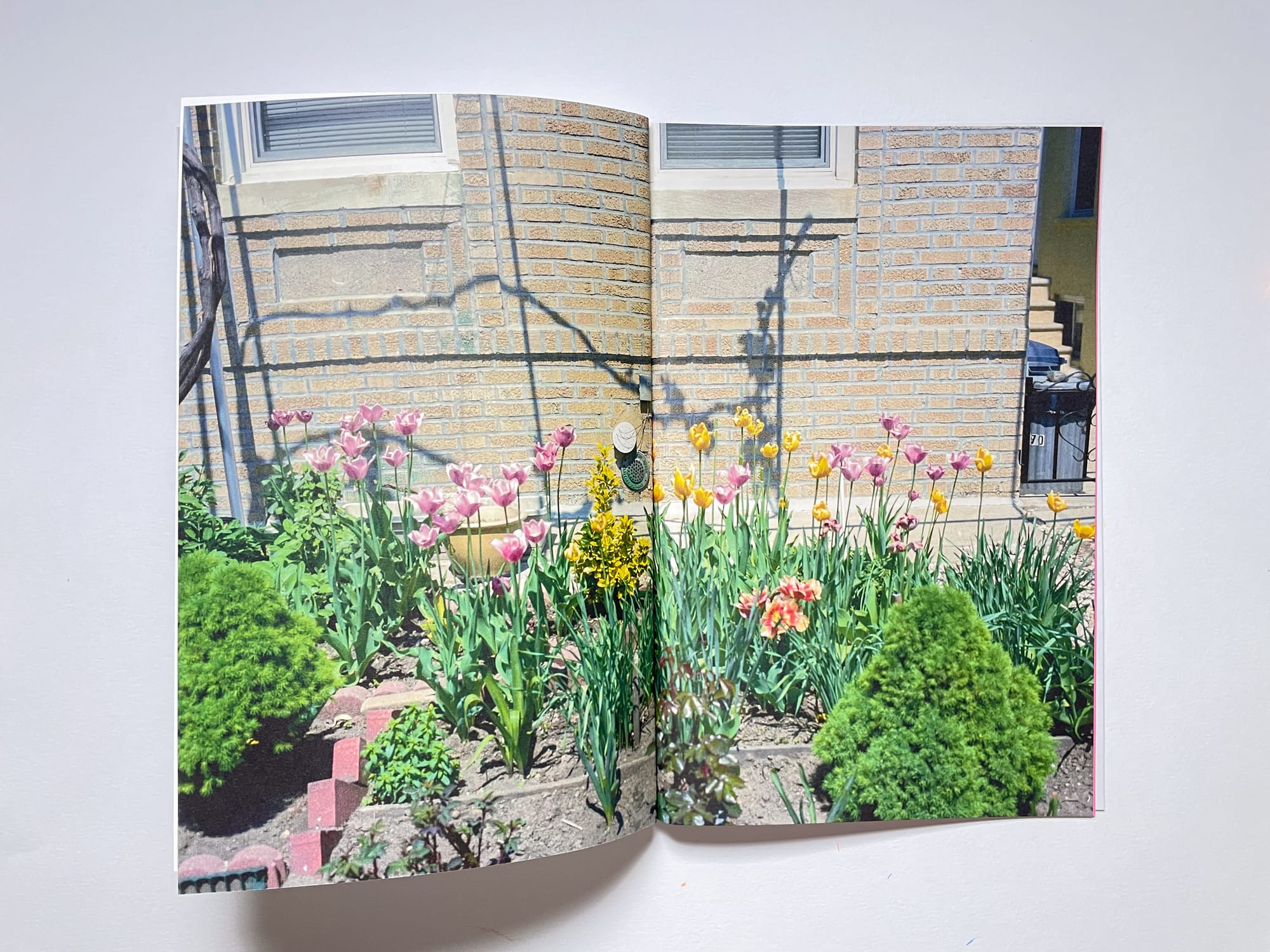
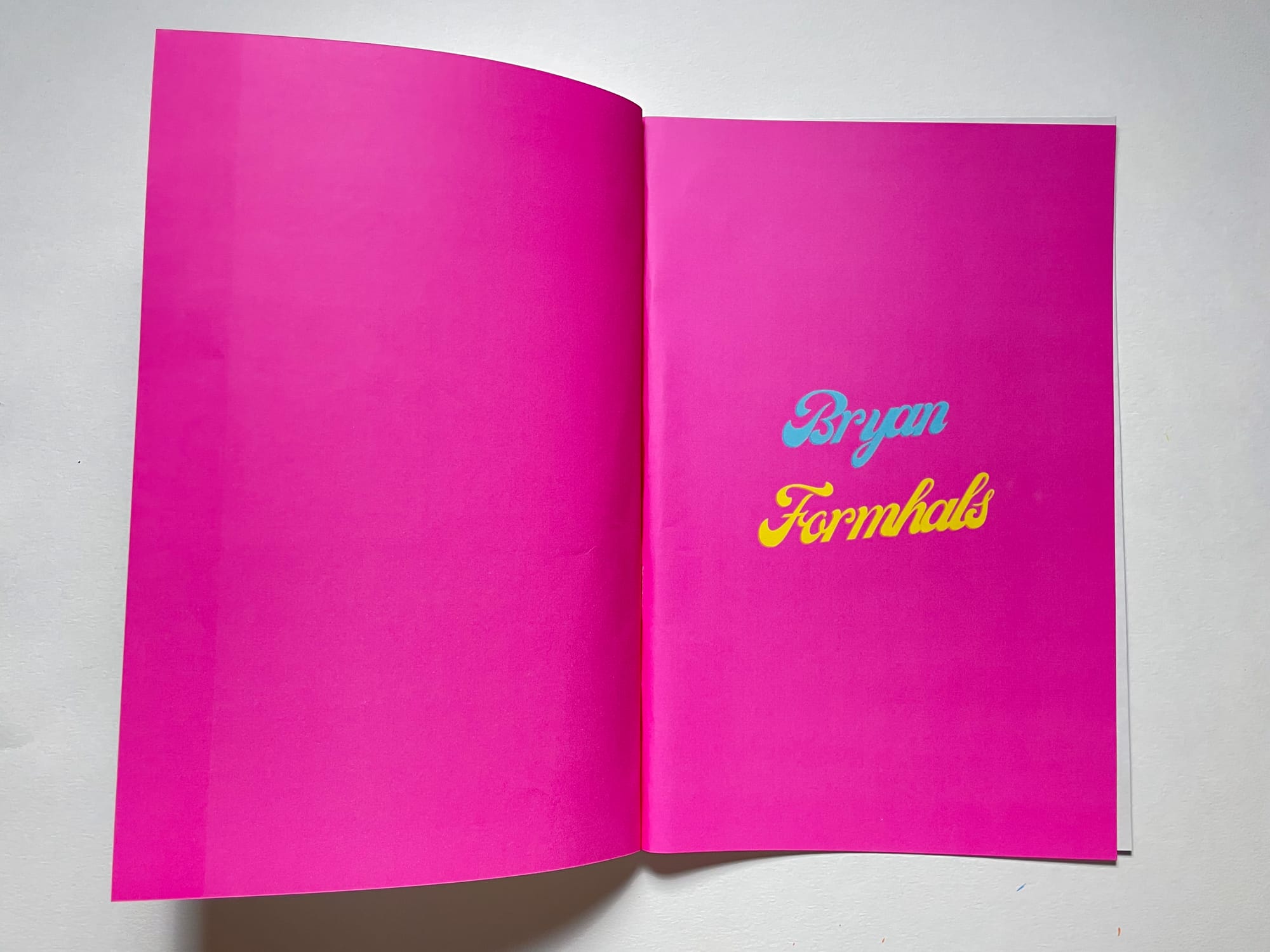
I’m an artist and marketing strategist living in Minneapolis. This is my newsletter on art, walking, urbanism and mindfulness.
Each issue, I share new work from my projects and try to make connections between ideas, articles and people that fascinate me. You can email me at info@bryanformhals.com or follow me on Instagram.